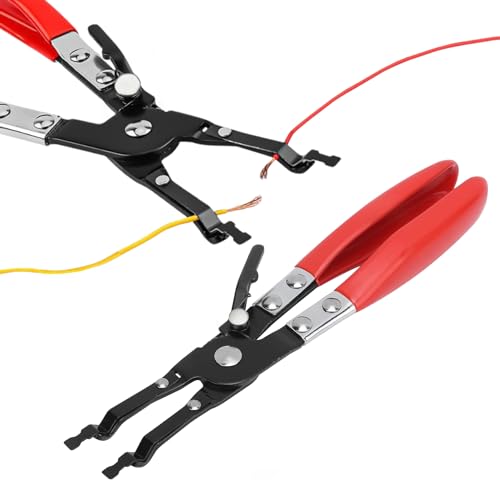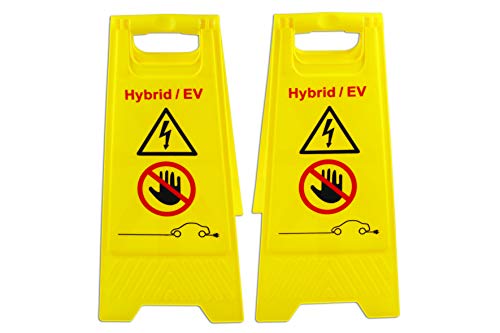As I've just posted up a question, it's only polite I belatedly say hello.
Three years ago I installed solar here and naturally wanted something with a battery to drive around in. Sadly in the UK a combination of Covid aftermath, Brexit and appalling working conditions had led to a tanker driver, and so petrol, shortage. As a result, anything EV sold out and those that remained were overpriced, broken or both. Ever on the hunt for a bargain I bought an Outlander Phev with engine failure (timing chain), but healthy electrics. I fitted a lovely low miles engine and this was all good. I was now officially hooked on the EV experience.
Just under two years ago the Phev was joined by a 2012 Peugeot Ion, which I love. Just so handy size-wise and a bucketful of fun. As per the norm, its range was about 45 miles tops in the summer, much less in the winter. I'm in a hilly bit of Sussex which doesn't help.
Last year I finished putting a Land Rover Discovery Webasto diesel heater into the Ion with my own fuel tank (3 litres, so way more potential energy than the Ion's battery!). This, coupled with a cheap e-Bay heated seat pad, has transformed winter driving. I turn it and the car's own heater to full and literally within one minute it's getting warm, five mins is roasting hot air. Uses very little diesel and the electric element of the heating dials itself back very quickly as the diesel takes over. Barely touches the range.
It was a busy year as the 2015 Phev's battery had a cell failure, so the battery was rebuilt here with late 2019 low mileage LEV46's but retaining everything else from the 2015 pack. Car now transformed with no issues and no programming.
Anyway, now Mr Turtle / Tortoise is becoming less and less shy on the Ion, so next project is to try and use half a Stellantis / CATL 50KWh pack to do a modest battery rebuild, hopefully to simply reinstate slightly better than new performance to the car.
I shall report back, naturally.
All best wishes, Barry
Three years ago I installed solar here and naturally wanted something with a battery to drive around in. Sadly in the UK a combination of Covid aftermath, Brexit and appalling working conditions had led to a tanker driver, and so petrol, shortage. As a result, anything EV sold out and those that remained were overpriced, broken or both. Ever on the hunt for a bargain I bought an Outlander Phev with engine failure (timing chain), but healthy electrics. I fitted a lovely low miles engine and this was all good. I was now officially hooked on the EV experience.
Just under two years ago the Phev was joined by a 2012 Peugeot Ion, which I love. Just so handy size-wise and a bucketful of fun. As per the norm, its range was about 45 miles tops in the summer, much less in the winter. I'm in a hilly bit of Sussex which doesn't help.
Last year I finished putting a Land Rover Discovery Webasto diesel heater into the Ion with my own fuel tank (3 litres, so way more potential energy than the Ion's battery!). This, coupled with a cheap e-Bay heated seat pad, has transformed winter driving. I turn it and the car's own heater to full and literally within one minute it's getting warm, five mins is roasting hot air. Uses very little diesel and the electric element of the heating dials itself back very quickly as the diesel takes over. Barely touches the range.
It was a busy year as the 2015 Phev's battery had a cell failure, so the battery was rebuilt here with late 2019 low mileage LEV46's but retaining everything else from the 2015 pack. Car now transformed with no issues and no programming.
Anyway, now Mr Turtle / Tortoise is becoming less and less shy on the Ion, so next project is to try and use half a Stellantis / CATL 50KWh pack to do a modest battery rebuild, hopefully to simply reinstate slightly better than new performance to the car.
I shall report back, naturally.
All best wishes, Barry

































